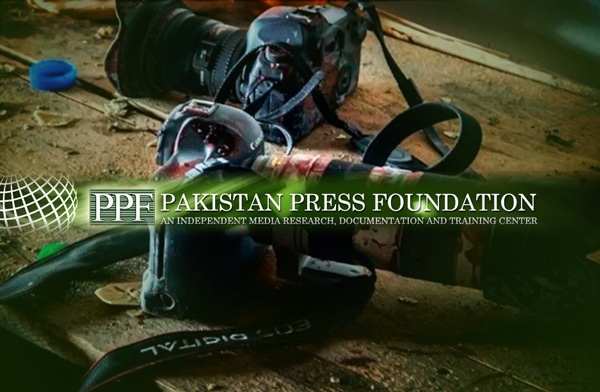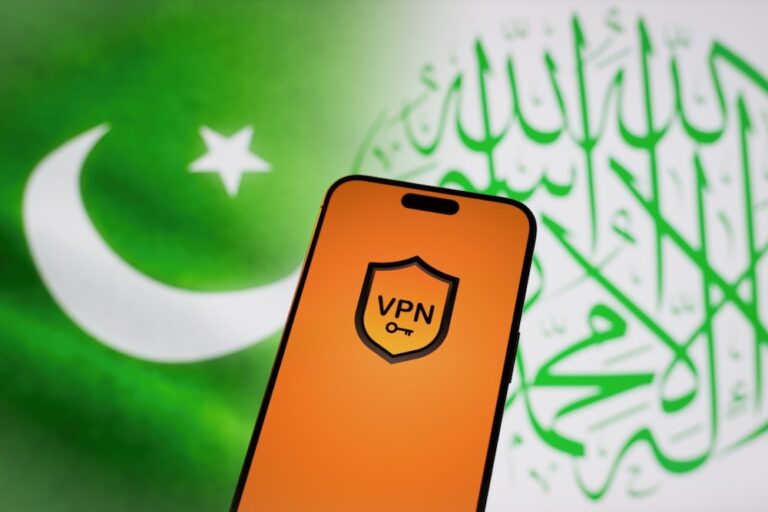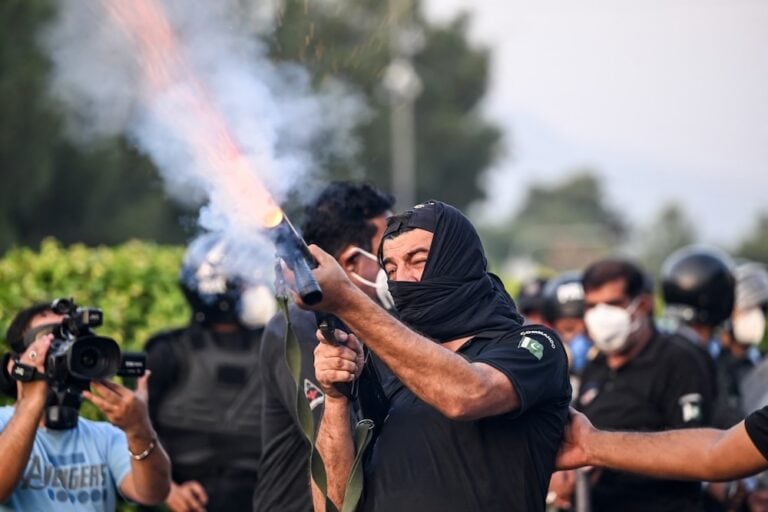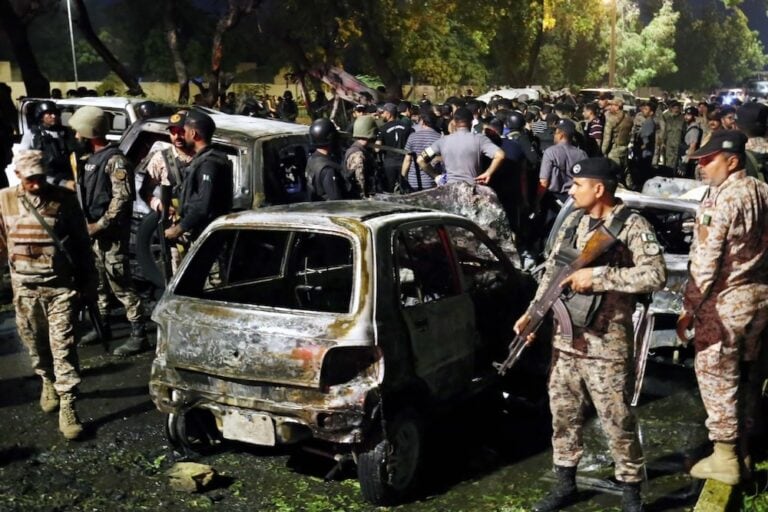Pakistani journalists are not only targeted by militants but also by political, religious, ethnic and other pressure groups as well as law enforcement agencies. Incidents of threats, attacks and killings of journalists in Pakistan are clear evidence of how critical the situation is due to the thriving culture of impunity.
This report was originally published on pakistanpressfoundation.org and on brecorder.com on 29 October 2015.
Over the last decade media in Pakistan have experienced a remarkable growth and transformation in its role. Though there have been serious reversals in recent years, Pakistan continues to enjoy a vibrant, independent and fairly free media. The advent of private TV channels since 2002 revolutionized Pakistan’s media environment. Almost one hundred private television channels are currently broadcasting, reaching a wide section of the society.
Private television channels have opened a new discourse in the society which for many years was monopolistic and one sided. Open and candid discussions on issues ranging from domestic politics to social and cultural matters have helped strengthen civil society and democratic process in the country. However, there are also certain areas where the media find their freedom heavily curtailed, most notably in coverage of security issues and religion. Because of their popularity, television channels have come under increased pressure from state, non-state and political groups.
The safety and security of media practitioners is one area where the situation has deteriorated markedly for media organisations and professionals. Pakistan is amongst the most dangerous countries of the world for journalists and it has become difficult for media personnel to work in a secure atmosphere. Pakistan has been a “frontline state” for almost four decades which has polarized society and destroyed people’s sense of security. Because of the Afghanistan war, the areas bordering Afghanistan – including Khyber Pakhtunkhwa, Balochistan and FATA – are the most dangerous areas for journalists.
Pakistani journalists are not only targeted by militants but also by political, religious, ethnic and other pressure groups as well as the law enforcement agencies. Incidents of threats, attacks and killings of journalists in Pakistan are clear evidence of how critical the situation is due to the thriving culture of impunity. For every journalist who has been deliberately targeted and murdered, there are many others who have been injured, threatened and coerced into silence. Attackers and murderers of journalists enjoy impunity, which undermines freedom of expression in the country.
In Pakistan, journalists are killed, unjustly detained, abducted, beaten and threatened by law enforcement and intelligence agencies, militants, tribal and feudal lords, as well as by some political parties that claim to promote democracy and the rule of law. Adding to the gravity of the situation is the fact that the perpetrators of violence against journalists and media workers enjoy almost absolute impunity from prosecution in Pakistan. The threat to journalists has grown dramatically in the past decade since the problem of militancy has grown. The Pakistani Taliban and other militant groups have posed an ever greater threat to journalists — and to all citizens – since 2002 when, in the wake of 9/11, the Pakistani government began to try to counter their rising influence.
Threats and violence have forced many journalists to move from these danger zones and to leave the profession or to resort to self-censorship, particularly in conflict areas. As a consequence, news reports from conflict areas are based on press releases, not on observations by independent journalists. Thus, new reports that are published or broadcast lack credibility and do not inform the public in an objective manner. For democratic development, Pakistan must have credible, professional and independent media.
According to research by PPF, since 2001, 71 journalists and media workers have lost their lives while pursuing their duties. Of these 47 have been deliberately targeted and murdered for practicing their profession, while others were killed while covering dangerous assignments. In only two cases have the murderers been convicted by the courts.



